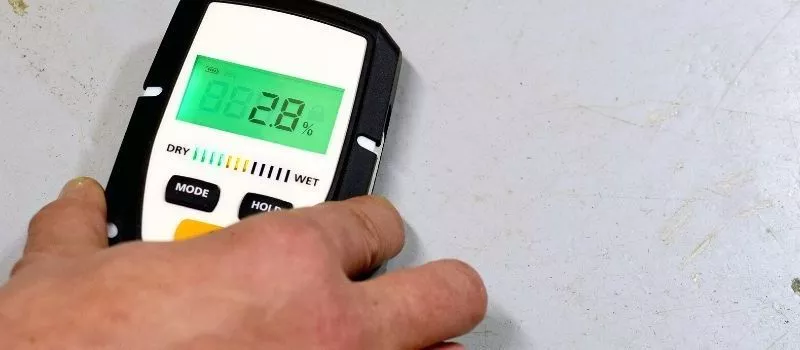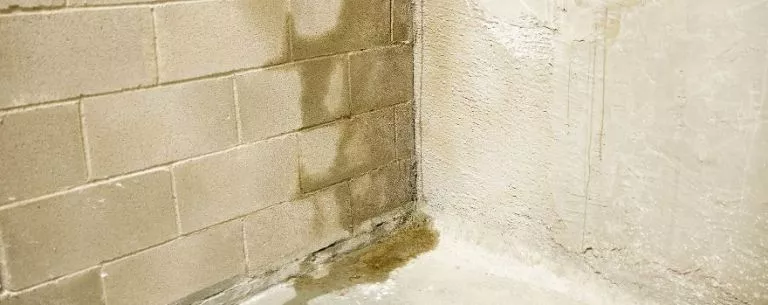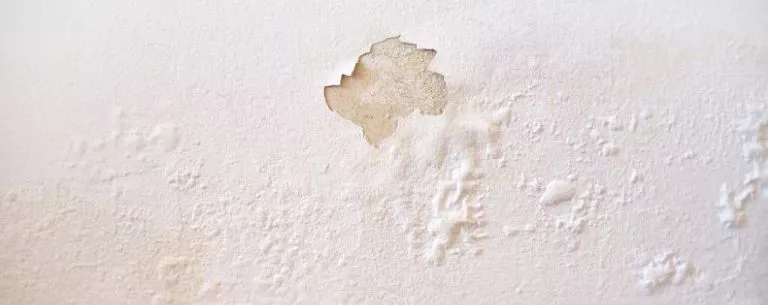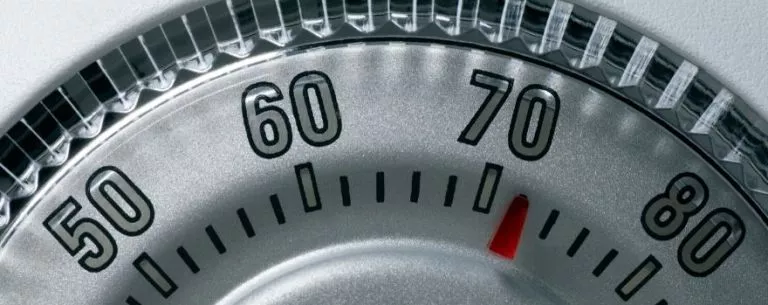
Condensation occurs when the moisture in the air comes into contact with a colder surface. Thus, it is not surprising that condensation is a common problem in garages, which tend to be less insulated than other rooms of the home. However, if ignored, excess humidity in the garage can lead to bigger problems for homeowners. While properly installed weatherstripping can help reduce moisture buildup, most sources of condensation cannot be fully eliminated. However, these seven tips can help you reduce condensation in your garage.
Why is your garage door letting in humidity?
There are several reasons your garage may be prone to condensation. First, garage doors are much larger than a home’s entry door and thus are not as airtight . Furthermore, garage doors by their very design—they need to move freely on all four sides—let in more air. In addition, garages hold more humidity than other areas of the home for various reasons. These may include poor ventilation, snow or rainwater on cars parked in the garage, poor roof drainage and so on.

Tip #1: Reduce condensation with a quality garage door and proper weatherstripping
If condensation is a concern in your garage, a high-quality garage door and weatherstripping can help. Here are four things to consider:
- Consider a garage door construction that useshigh-efficiency joints between sections and a thermal break;
- Attach thermoplastic-elastomer weatherstripping to the bottom section with enough flexibility to form a seal with your uneven garage floor;
- Add a large piece of weatherstripping to the top section for additional protection to exterior weatherstripping;
- Install double-lip exterior weatherstripping.
Tip #2: Control your garage’s temperature

Using a heater to keep temperatures warm in the garage during the colder months can cut down condensation. However, propane heaters emit higher levels of water vapour and should be avoided. You can also run a dehumidifier to remove excess moisture from the air.
Tip #3: Dry your wet car or tools off
Drying your snow- or ice-covered vehicle off before parking it in the garage can help reduce humidity. Similarly, dry off tools such as snowblowers, shovels and sports equipment before storing them in the garage.
Tip #4: Install a vapour barrier
A wall vapour barrier or insulation products with integrated vapour barriers can reduce garage condensation.

Tip #5: Ensure your garage is properly ventilated
Poor ventilation in the garage can further increase condensation. Proper ventilation in the walls and roof will maintain a balance between indoor and outdoor air.
Tip #6: Inspect drainage
Clogged eavestroughs and downspouts can lead to leaks in the garage. Similarly, floor drains should be inspected to ensure there are no obstructions. Make sure your drainage systems are functioning well to avoid condensation problems.
Tip #7: Apply a coating to the garage floor
Garage floor coatings can significantly lower condensation levels while also protecting against everyday wear and tear. Additionally, coatings can protect your garage floor from any water damage.
While completely eliminating condensation in the garage is unlikely, there are ways to mitigate the effects. With these simple tips you can help reduce condensation in your garage. And, as such, you will ensure these problems do not turn into major headaches down the road. For any garage door maintenance and repair needs,


Add new comment